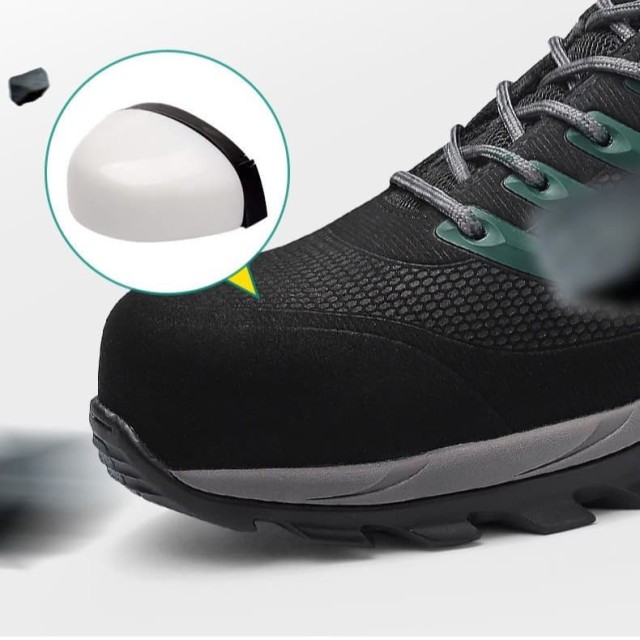For professionals in hazardous work environments, the right safety footwear isn’t just about compliance—it’s about combining protection with practicality. Composite toe boots have emerged as a superior alternative to traditional steel toe designs, offering lighter weight, better insulation, and compliance with stringent safety standards. Here’s how they address industry-specific challenges while keeping workers comfortable and protected.
Composite Toe Boots in Hazardous Work Environments
Forestry: Navigating Terrain and Chainsaw Risks
Forestry workers face uneven terrain, sharp tools, and unpredictable weather. Composite toe boots excel here by:
- Reducing fatigue: Lighter materials prevent leg strain during long treks.
- Resisting moisture: Non-metallic toes won’t conduct cold, preventing frostbite in wet conditions.
- Meeting chainsaw safety standards: Many models include cut-resistant uppers for added protection.
Construction: Balancing Weight and Impact Protection
Construction sites demand footwear that can withstand heavy loads without sacrificing mobility. Composite toes provide:
- 75+ impact resistance ratings (per ASTM F2413), matching steel toes but at half the weight.
- Flexible designs for climbing ladders or crouching, with cushioned insoles to reduce joint stress over 12-hour shifts.
Emergency Services: Insulation and Mobility Demands
Firefighters and EMTs need boots that combine thermal protection with electrical hazard compliance. Composite materials:
- Prevent static discharge, critical for firefighting (OSHA 1910.136).
- Insulate against extreme temperatures, unlike conductive steel toes.
Key Advantages Over Steel Toe Alternatives
1. Electrical Hazard Compliance and Thermal Resistance
Composite materials are inherently non-conductive, making them safer near live wires or flammable vapors. They also:
- Eliminate heat transfer, keeping feet warmer in cold climates and cooler near heat sources.
- Pass airport security checks effortlessly (no metal components).
2. Reducing Fatigue in Long Shifts
Studies show that reducing footwear weight by even a small amount can significantly decrease muscle fatigue. Composite toe boots enhance endurance through:
- Ergonomic arch support and padded collars.
- Breathable fabrics to minimize sweat buildup.
Meeting Industry Safety Standards
OSHA and ASTM Certification Breakdown
- OSHA 1910.136: Mandates impact resistance (75 ft-lbs) and compression (2,500 lbs), which composite toes meet without metal.
- ASTM F2413: Tests for puncture resistance (270 lbs) and static dissipation—key for oil rigs or chemical plants.
Industry-Specific Testing Protocols
- Electrical hazard (EH) ratings: Required for utility workers.
- Slip-resistant soles: Essential for food processing or healthcare.
Upgrade Your Safety Footwear with 3515
For distributors and bulk buyers seeking reliable, certified composite toe boots, 3515 offers scalable production of safety footwear tailored to your industry’s demands. Our designs prioritize comfort, compliance, and durability—ensuring your workforce stays protected without compromising performance.
Ready to equip your team with smarter safety solutions? Partner with 3515 to customize footwear that meets your exact operational needs.
Related Products
- Customizable Anti-Smash Safety Boots for Wholesale & Private Label Manufacturing
- Wholesale Durable Breathable Safety Boots Custom OEM Manufacturer
- Durable Leather Safety Boots for Wholesale & Custom OEM Manufacturing
- Wholesale Leather Safety Boots with Customizable Protective Toe
- Wholesale Durable Safety Boots Manufacturer Customizable Steel Toe Work Boots
Related Articles
- Steel Toe Work Boots: Balancing Safety and Comfort for Demanding Jobs
- How to Choose Steel-Toe Boots: Matching Safety Standards to Your Job Demands
- How to Choose Steel Toe Shoes That Balance Safety and Comfort
- How Steel Toe Shoes Meet Safety Standards and Prevent Workplace Injuries
- Steel-Toe Boot Safety: Separating Fact from Fiction




















